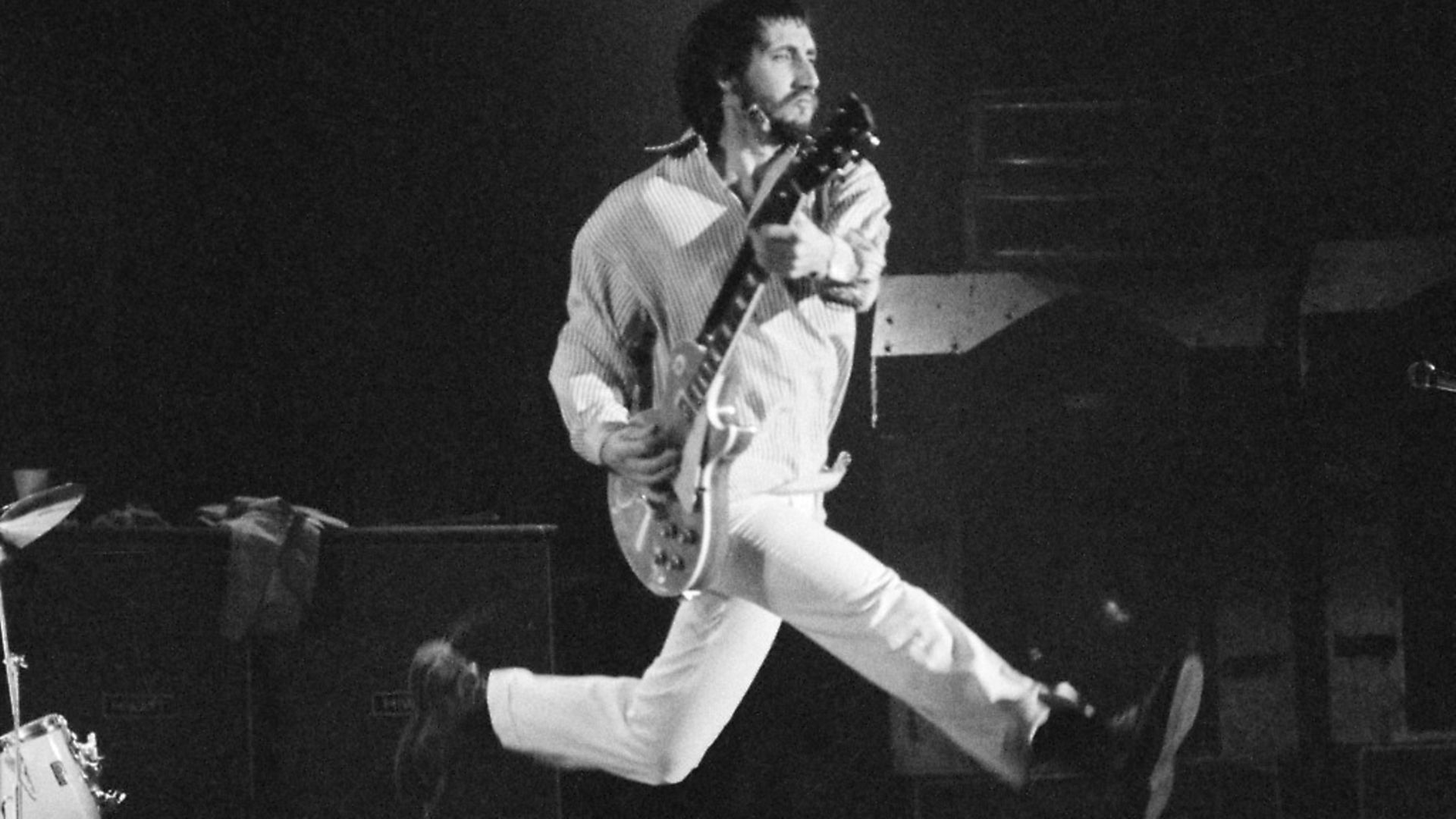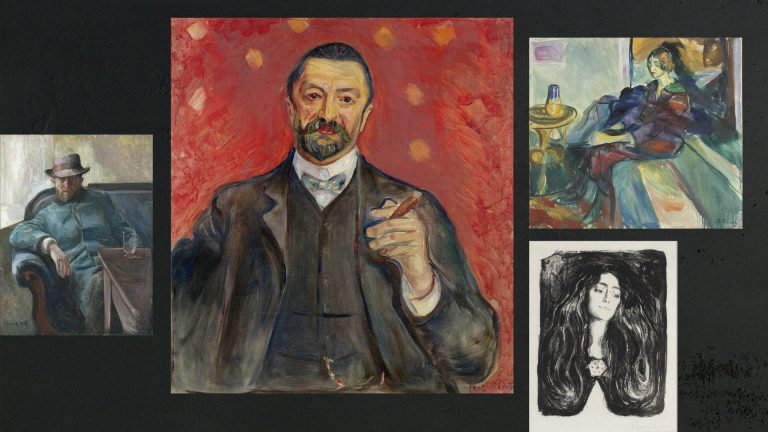
Roger Domeneghetti on the 60th birthday of the boot that has left more of a footprint on Britain than any other
It was in April 1960 that Brits first started sliding into their DMs. In 60 years since, the Dr. Martens boot has stomped its way off the factory floor, across football terraces onto catwalks and into high street stores. Yet this iconic item of fashion, which has come to represent British culture on the international stage was actually born in the heart of Bavaria at the tail end of the Second World War.
In 1945 Klaus Maertens, a German army doctor, was recuperating after breaking his ankle in a skiing accident. The 25-year-old found the standard issue boots with their hard leather soles both uncomfortable and a hindrance to his recuperation.
Maertens was bemused by the fact that it was possible to get a smooth ride in a car using air-filled tyres but nothing similar for your feet. So he set about designing a boot with softer sole.
When the war ended he acquired a cobbler’s last and produced a prototype by sewing cut up pieces of tyre to the bottom of his shoes. It lessened the impact but did not prevent the pain. Maertens did not have any significant success selling his shoes until he met up with an old university friend in Munich in 1947.
Dr Herbert Funck, a mechanical engineer, was impressed by his former classmate’s design and suggested using PVC rubber shaped by moulds.
Each sole contained two layers, one stitched to the shoe’s leather upper, the other heat-sealed to the first, thus creating the air pockets.
The pair took out a patent and went into business together in Seeshaupt. Using old military supplies and rubber acquired from Luftwaffe airfields they began producing comfortable, durable shoes and found a ready market in German housewives.
Around 80% of their sales in the first decade went to women over 40. A second factory, in Munich, was opened in 1952 and by 1959 their company had grown so large they looked to expand into overseas markets.
The pair advertised their shoes in footwear trade magazines across Europe and these caught the eye of Bill Griggs, a Northamptonshire boot manufacturer.
Shoemakers had first been attracted to the county in medieval times. The area’s thriving tanning industry and plentiful supply of oak bark were ideal for cordwainers, as they were called.
It’s central location also made it a profitable trading post. By 1901, 41,989 people were working in the town’s footwear industry and one of them was Benjamin Griggs, who set up the eponymous R Griggs Group Ltd.
Over the next half-century the family firm, based in the small town of Wollaston, built a strong reputation for making sturdy shoes and boots for workers.
By the late 1950s Benjamin’s grandson Bill was in charge and, after seeing the advert, he acquired the exclusive UK rights to produce Maertens and Funck’s innovative shoes.
In return the pair received a royalty payment for each shoe sold. Griggs then set about altering Dr Maertens’ design.
The heel was slightly adjusted to improve the fit, the upper was made rounder and slightly fatter and contrasting yellow stitching introduced.
The sole was given a new pattern as well as a grooved, two-tone edge. This unit was trademarked ‘Airwair’.
The word adorned a black-and-yellow heel loop which also featured the slogan ‘With Bouncing Soles’.
Lastly, Griggs anglicised their creator’s name and the Dr. Martens boot was born.
With eight lace holes and an oxblood leather finish, they were launched on April 1, 1960 and christened the ‘1460’.
Aimed at miners and factory workers this was the firm’s primary, and for a while only, model.
Later editions, such as a shoe with three eyelets, were favoured by postal workers and police officers.
The boots may never have become anything other than unsung, utilitarian worker’s footwear had it not been for a young musician looking for more comfortable clothes while playing on stage.
In 1967 Pete Townshend walked into a hardware store to buy a boiler suit to wear at a gig. As he wandered around the shop he came across a pair of orange Dr. Martens.
He bought them and wore them that night. Like posties and bobbies on the beat, Townshend found that the boots’ air-cushioned sole helped him do his job.
He subsequently told Martin Roach the author of Dr. Martens: A History of Rebellious Self Expression that ‘their toughness combined with their softness and flexibility is what made them so perfect for the pseudo-athletic routines I performed on stage. I literally bounced.’
But the boots didn’t just represent comfort and athleticism for Townshend, they also heralded an aggressive, austere style that rejected what had come before.They ‘released me from psychedelia and all the nonsense that went with it,’ he said.
As the 1960s gave way to the 1970s DMs became a staple of a variety of youth subcultures.
They were most warmly embraced by skinheads who used them to complete their working class uniform.
Now skinheads are widely associated with the racism of neo-Nazis or the alt-right but this early, 1960s incarnation was different. As Don Letts, the filmmaker and DJ, who was born to Jamaican parents in London in 1956, noted in his BBC documentary The Story of Skinhead: ‘Politics wasn’t really something that we talked about. That was on our parents’ level. We just wanted to bond over music, clothes, and girls.’
Yet the skinhead dress code was still a political statement; a conscious articulation of class.
By adopting Fred Perry polo shirts, traditionally found on the tennis courts of middle England, and pairing them with Levis and Dr. Martens, skinheads were subverting English elitism.
The boots became the everyman’s shoe, transcending class, background and wealth.
The MP Tony Benn began wearing the boots to signify his solidarity with the working classes.
In 1975, Elton John wore a pair of over-sized 54-inch tall brown Dr. Martens boots (actually made of fibre glass) in Ken Russell’s film version of The Who’s rock opera Tommy.
It further cemented their iconic status. As the decade wore on the lines that separated skinheads and mods blurred and they subdivided into a range of different tribes, such as punks, psychobillies, goths and adherents of two-tone and glam rock.
One thing continued to unite them: Dr. Martens boots. Having kickstarted the trend, Townshend went on to document it in his 1982 single Uniforms (Corp d’Esprit), singing: ‘It don’t matter where you’re from, What matters is your uniform… Dr. Martens on your feet… For credibility on the street.’
Association with groups like The Who, The Clash and The Sex Pistols gave the boots international exposure and their anti-establishment credentials saw Dr. Martens adopted by grunge bands like Nirvana in the 1990s.
At the same time, back in Britain, they were worn by Britpop bands like Blur. It was also an era when the boots became popular with young women.
Hollywood stars such as Demi Moore and Winona Rider wore them on the red carpet while supermodels like Kate Moss and Naomi Campbell wore them on the catwalk.
This started a trend of brides wearing white patent leather boots on their wedding day which in turn saw the company release a bridal version of Dr. Martens in gold with white laces.
The brand slumped in popularity in the early 2000s. It was a period that saw missteps such as controversial adverts which portrayed dead rockstars like Kurt Cobain and Sid Vicious in heaven sporting Dr. Martens with their flowing white robes.
But their appeal is as hard-wearing as the boots themselves and – until the coronavirus intervened – sales have been going from strength to strength. There are Dr Martens stores on our high streets, Miley Cyrus wore a pair (and little else) in the video of her song Wrecking Ball and they are favoured by the likes of Pharrell Williams and Gigi Hadid.
The boots are still a sign of self-expression but they have become more of a fashion item than a sartorial sign of rebellion.
Yet this mainstream popularity means that Dr. Martens’ boot print will leave an indelible mark on our culture.






